Last week, I offered up my initial thoughts on the Nikon camera lens Z 14-30mm f/4 S.
If you missed it, you can read that article here. Basically, I noted how I think it's the ideal landscape lens for Nikon Z shooters.
I also mentioned in that article that the Nikon AF-S 14-24mm f/2.8 had long been my go-to landscape lens.
So, this go-round, I wanted to compare these two lenses to see which one comes out on top. Let's get started!
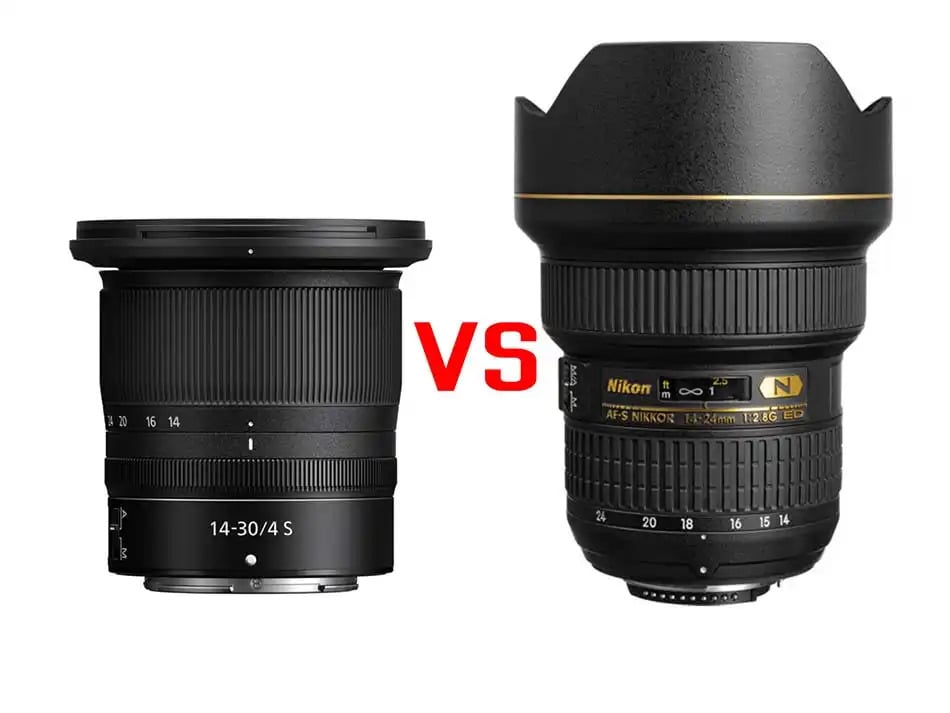
Table of Contents
- Nikon Z 14-30mm f/4 S vs Nikon AF-S 14-24mm f/2.8 Specs
- Nikon Z 14-30mm f/4 S vs Nikon AF-S 14-24mm f/2.8 Similarities
- Nikon Z 14-30mm f/4 S vs Nikon AF-S 14-24mm f/2.8 Differences
- Nikon Z 14-30mm f/4 S vs Nikon AF-S 14-24mm f/2.8 Build Quality & Handling
- Nikon Z 14-30mm f/4 S vs Nikon AF-S 14-24mm f/2.8 Image Quality
- Nikon Z 14-30mm f/4 S vs Nikon AF-S 14-24mm f/2.8 Pros & Cons
- Nikon Z 14-30mm f/4 S vs Nikon AF-S 14-24mm f/2.8 Verdict
Nikon Z 14-30mm f/4 S vs Nikon AF-S 14-24mm f/2.8 Specs
First, let's have a peek at the primary specs for these lenses.
Nikon Z 14-30MM f/4 S Specs

- Mount: Nikon Z
- Focal Length: 14-30mm
- Maximum Aperture: f/4
- Minimum Aperture: f/22
- Angle of View: 114-72 degrees
- Elements/Groups: 14/12
- Minimum Focus Distance: 11.02 inches
- Maximum Magnification: 0.16x
- Aperture Blades: 7 rounded
- Size: 3.50 x 3.35 inches
- Weight: 1.1 pounds
- Price: $1,296.95 at Samy's
Nikon AF-S 14-24mm f/2.8 Specs
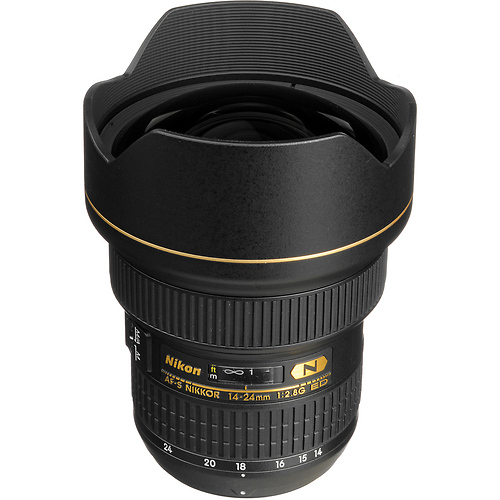
- Mount: Nikon F
- Focal Length: 14-24mm
- Maximum Aperture: f/2.8
- Minimum Aperture: f/22
- Angle of View: 114-84 degrees
- Elements/Groups: 14/11
- Minimum Focus Distance: 11.02 inches
- Maximum Magnification: 0.152x
- Aperture Blades: 9 rounded
- Size: 3.86 x 5.29 inches
- Weight: 1.1 pounds
- Price: $1,596.95 at Samy's
Now, let's unpack some of these features and see how these lenses stack up to one another.
Nikon Z 14-30mm f/4 S vs Nikon AF-S 14-24mm f/2.8 Similarities
Though there are plenty of differences between these lenses, there are some notable similarities, as Jared Polin discusses in the video above.
For starters, though their focal lengths are different, they're quite similar and offer virtually the same versatility from a focal length perspective.
Secondly, both lenses sport an 11.02 minimum focusing distance for those up-close, detailed shots you wish to take.
Third, both lenses have the same maximum aperture of f/22 and nearly identical maximum magnification.
Having tested both lenses (and owned the f/2.8 for over a decade), I can attest to similar build quality as well.
Both lenses feel great in the hand, though there is a significant weight difference (more on that below).
Nikon Z 14-30mm f/4 S vs Nikon AF-S 14-24mm f/2.8 Differences
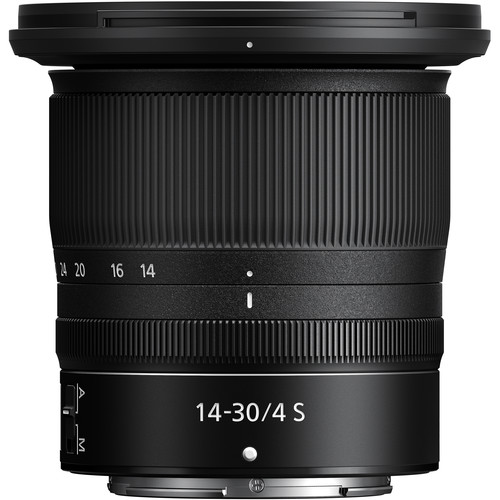
Aside from the obvious differences - the mount, the maximum aperture, and the focal length, these lenses have other distinct differences in terms of their build and functionality.
I think the most salient difference for me is the weight.
Where the 14-24mm f/2.8 weighs a hefty 2.2 pounds, the 14-30mm lens halves that at just 1.1 pounds.
That's a huge difference, particularly when you're a landscape photographer like me and you have to carry your gear far and wide to get the shots you want.
With so much less weight, the 14-30mm is a much easier lens to use, in my opinion.
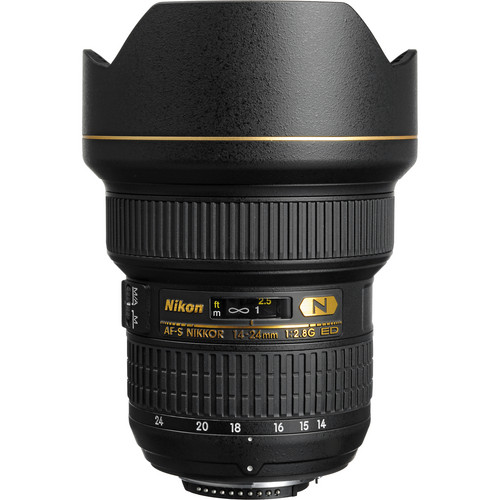
Along the same lines, the dimensions of the 14-30mm lens make it an easier lens to handle than the f/2.8.
When collapsed, the 14-30mm is about 3.5 inches long while the 14-24mm is 3.86 inches long. That might not seem like a huge difference, but like the weight difference, the length of the lens certainly impacts its handling performance.
That being the case, the 14-30mm lens simply feels better in the hand. You feel more capable of holding it still as well.
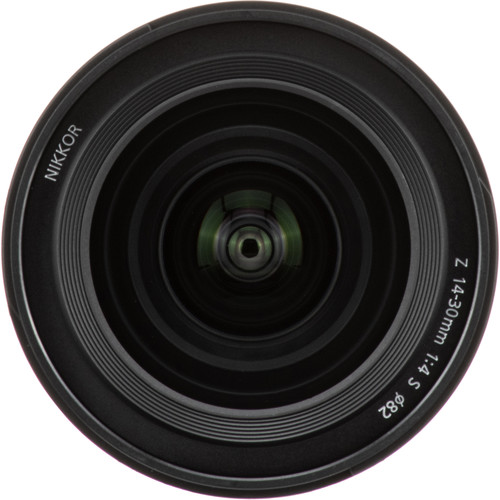
Of course, another big difference between these lenses are their maximum apertures.
I was hesitant about the 14-30mm f/4 at first because I'm so used to having the option of shooting at f/2.8 with my 14-24mm lens.
But here's the thing - as a landscape photographer, I virtually never shoot at f/2.8. I honestly couldn't tell you the last time that occurred.
So, from that perspective, the fact that my old 14-24mm lens is faster really doesn't make a difference for the type of work I usually do.
Nikon Z 14-30mm f/4 S vs Nikon AF-S 14-24mm f/2.8 Build Quality & Handling
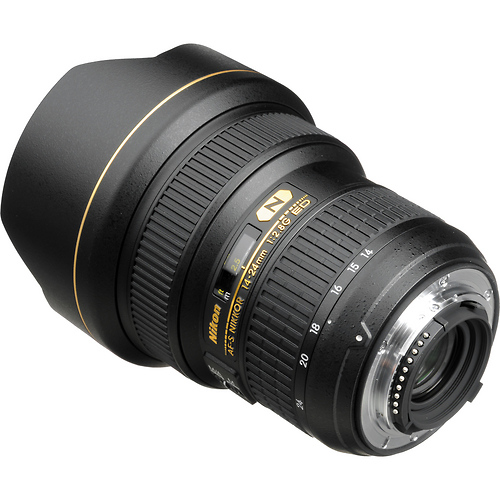
As noted above, the older AF-S 14-24mm f/2.8 is a beast of a lens that weighs over two pounds.
When you're used to that heft, it's almost off-putting the first time you pick up the 14-30mm lens because it's so light.
Now, the 14-30mm lens is well built, but to think that it's of equal build quality as the older 14-24mm is a mistake.
The 14-30mm lens is extremely streamlined with tons of plastic components. And while it's high-end, durable plastic, it's still plastic. A small concern is whether this lens will prove as durable over the years as the 14-24mm has.
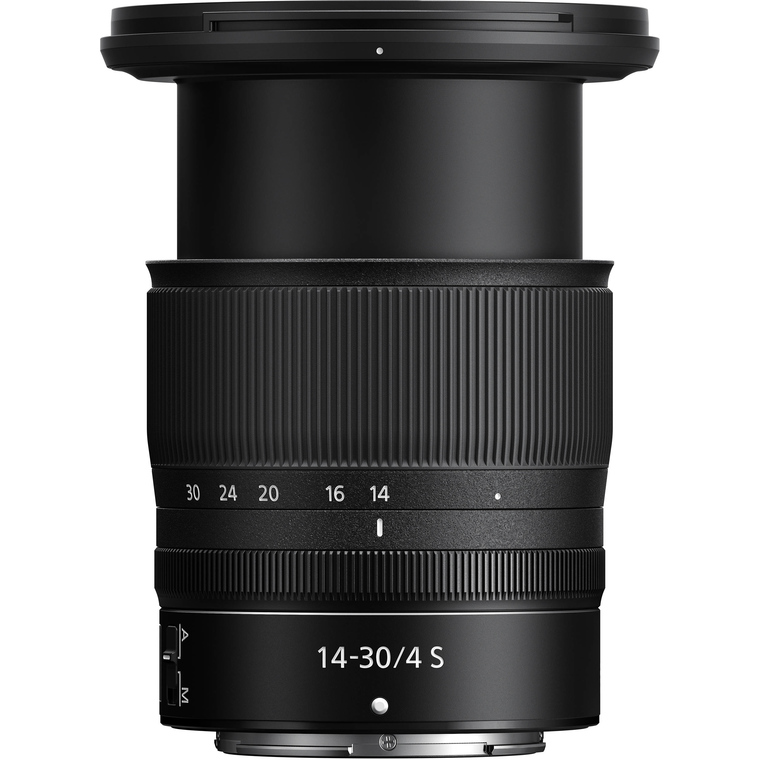
That concern stems from the fact that the 14-30mm lens has an external zoom.
And while there are tons of seals that should keep the elements out, I worry that dust and sand will find its way into the barrel. Time will only tell, but if dust and sand get in there, it'll be difficult for the lens to zoom anymore.
By contrast, the mostly metal 14-24mm f/2.8 has performed well over the years in all sorts of conditions - rain, snow, heat, cold, dust - you name it.
And even though it's a big, heavy lens, it's very balanced and feels solid in the hand. This isn't to say the 14-30mm doesn't feel good in the hand...it's just a different feeling since it's so small and lightweight.
Nikon Z 14-30mm f/4 S vs Nikon AF-S 14-24mm f/2.8 Image Quality
Of course, it really all comes down to image quality, and these lenses are quite close in that department.
When comparing these lenses at 14mm, the 14-24mm f/2.8 is definitely sharper. In fact, I've found over the years that the 14-24mm is sharpest at 14mm, and in an intensive weekend of testing the 14-30mm in Death Valley, I found the 14-30mm to be the least sharp at 14mm.
Changing the aperture to f/4, f/5.6, and beyond, the 14-24mm lens is still sharper in the corners.
See the 14-30mm f/4 in action in the video above by Kai W.
At 16mm, the 14-30mm lens starts to get much sharper, especially in the center.
This is particularly noticeable at f/4, though that mid-frame sharpness is a continuing theme for the 14-30mm lens throughout its aperture range.
The 14-24mm, however, continues to be sharper in the corners at all apertures.
The 14-30mm lens really begins to shine at longer focal lengths. When shooting at 24mm, the 14-30mm is noticeably sharper in the middle and particularly at the corners. This is especially true once the aperture reaches f/5.6 and above.
At that point, the 14-24mm f/2.8's performance is markedly "worse" (it's still pretty damn good) than the 14-30mm lens.
Get more details on the 14-24mm f/2.8 in the video above by DigitalRev TV.
Nikon Z 14-30mm f/4 S vs Nikon AF-S 14-24mm f/2.8 Pros & Cons
As with any gear, there are plenty of pros and cons with both of these lenses.
Nikon Z 14-30mm f/4 S Pros & Cons

For me, the lightweight design and small size are the biggest pro of this lens. It's simply a dream to handle!
Likewise, you can use 82mm filters with it and not get a ton of vignetting, so that's a definite bonus.
The sharpness is great, too, especially at 16mm and above. The autofocus system is super accurate and incredibly quiet as well.
On the downside, I'm not convinced it's a super durable lens. Though it's weather-sealed, the fact that it's an external zoom gives me a little bit of pause.
Corner sharpness isn't mind-blowing by any means when shooting at 14mm. It's not terrible, but certainly not as good as the 14-24mm f/2.8 in that department.
Nikon 14-24mm f/2.8 Pros & Cons
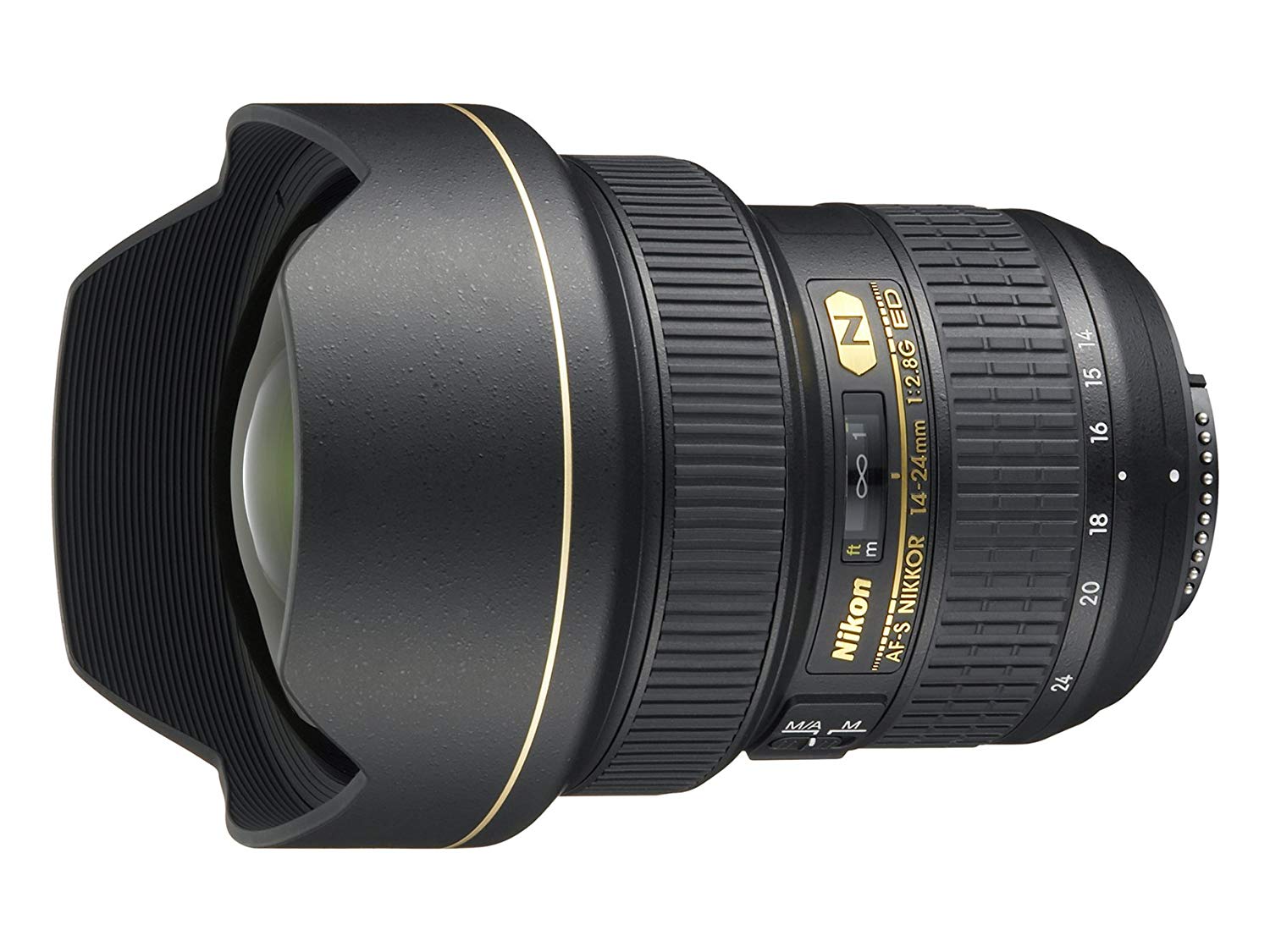
The excellent optical performance of this lens cannot be understated, particularly at 14mm. It's just fantastic.
The weather sealing and build quality of this lens are also off the charts. As I mentioned earlier, I've put this thing through its paces over the years without ever worrying if it would make it through unscathed.
Like the 14-30mm lens, the f/2.8 has a great autofocus system that is blazing fast and supremely accurate too.
As far as cons go, the biggest one is the weight of this lens. I got used to it over the years, but, man, she's a big one.
There's also noticeable distortion, which, though that can be corrected, it's still a bit of a downer.
I also don't like the fact that you have to use a special filter holder to use filters with this thing.
Nikon Z 14-30mm f/4 S vs Nikon AF-S 14-24mm f/2.8 Verdict

At the end of the day, the comparison between these lenses is a surprisingly close call.
Both have their strengths and weaknesses, to be sure. But taken in totality, I'm not sure either lens comes out on top here.
I honestly thought that in comparing these lenses that I'd find the 14-30mm f/4 to be far, far better than the 14-24mm f/2.8. That's just not the case.
Instead, both lenses are pretty dang good, if for different reasons.
If you're a landscape photographer and you have a Z-series camera, I think the 14-30mm is a great investment - certainly better than using the 14-24mm f/2.8 and the FTZ adapter.
That said, if you already have a 14-24mm f/2.8, there's not much reason to buy a 14-30mm for your Z6 or Z7. You can get similar work out of your older F-series lens.
This blog post about "Nikon Z 14-30mm f/4 S vs Nikon AF-S 14-24mm f/2.8 Lens" was first published on our website here https://www.photographytalk.com/nikon-z-14-30mm-f-4-s-vs-nikon-af-s-14-24mm-f-2-8
This blog post about "Nikon Z 14-30mm f/4 S vs Nikon AF-S 14-24mm f/2.8 Lens" was first published on our website here https://www.photographytalk.com/nikon-z-14-30mm-f-4-s-vs-nikon-af-s-14-24mm-f-2-8